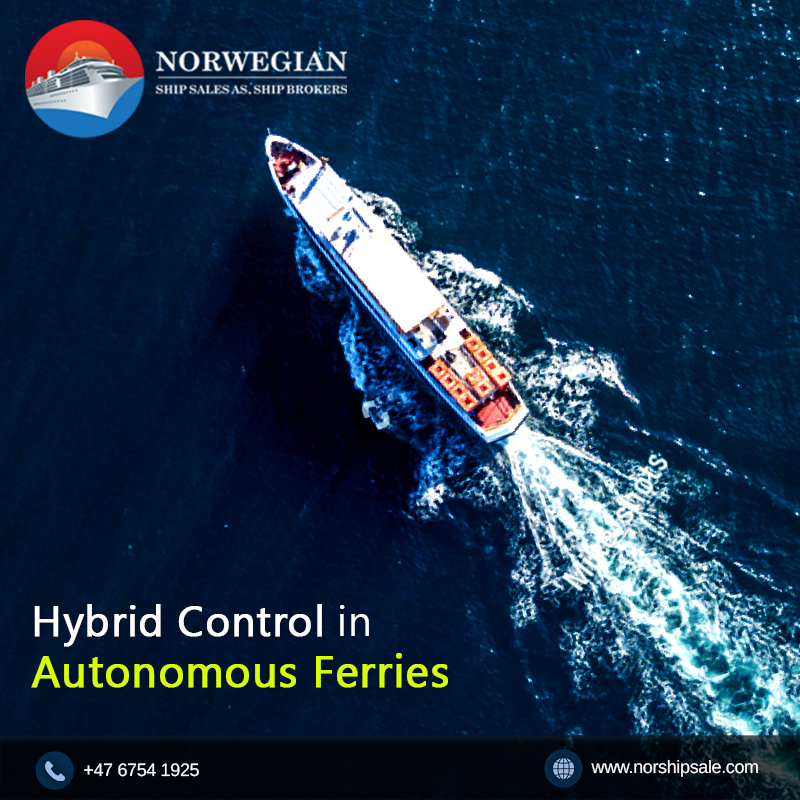In the recent years, high activity is noted regarding autonomy in ferry operations. Nevertheless, from the perspective of motion control, there are still some challenges in automating the crossing operations.
A crossing consists of various modes of operations, different speed regimes, as well as control objectives. Especially the transition from a high speed waypoint tracking to the low speed docking is quite challenging. This occurs due to the transition from an underactuated to over actuated control.
This is when a hybrid control system can power up the ferries for sale. It supports distinct modes of operation and ensures a smooth switching between them.
Five Modes of Operation
The five modes of operation are defined as:
1. Departure
2. Transit
3. Transition
4. Docking
5. Dockside
Crossing Operation
The objective of double ended ferries for sale is to connect a road separated by water. These are widely common in Norway since it has numerous narrow fjords interrupting the normal flow of traffic along the western coast.
A study reveals that there are over 150 connections in Norway carrying about 21 million vehicles and 43 million people (source: Research Gate).
Double ended car ferries have opening gates at both sides and fore-aft symmetry to let the cars roll on and off without any hassle.
The crossing operation can be divided into multiple phases or means of operation. If we assume the two points as A and B, the crossing operation will be as follows:
1. Departure from A: The ferry leaves the dock and accelerates speed.
2. Transit A to B: The ferry continues its journey at a constant speed for the majority of the crossing.
3. Transition A to B: As the ferry now approaches the dock at B, its speed decreases and it assumes a position for 4. docking.
5. Docking at B: The ferry retains a low speed until it touches the dock at B
6. Dockside at B: The ferry thrusts against the dock at B and stays in the place to unload and load passengers and cars.
Motivating Factors for Increased Autonomy in Ships
There are multiple motivating factors for increased autonomy in ships. For instance:
✅ Operational costs can be slacked by optimized operation and reduced manning.
✅ Safety can be improved by reducing the involvement of humans and thereby limiting human errors.
✅ The use of the advanced technology ensures an efficient functionality.
Hybrid Systems
As we have already mentioned, a ferry operation is segmented into various modes of operation. These modes exhibit greatly distinct control objectives. Designing a unified controller is not feasible and a switched system is required.
Therefore, a hybrid control system seems to be appropriate for autonomous ferry operations. Enabling adaptive behavior with distinct controllers and switching between them are key to the application of hybrid system.
Conclusion :
It’s important to contact a reputed company like Norwegian Ship Sales AS that adapts to the advanced trends in the shipping market. To learn more about their wide range of passenger ferries for sale, call +47 6754 1925 / +47 9177 6183 or drop a mail at info@norshipsale.no / o.jebsen@norshipsale.no.


